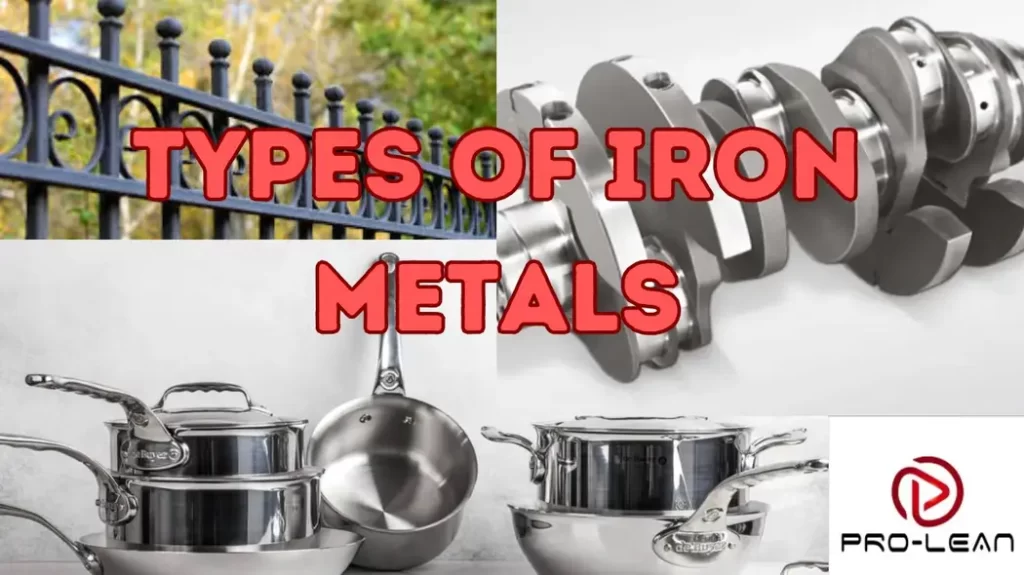
Types of iron metals
Did you know that iron makes up approximately 90% of all metals refined today? Also, iron is only second to aluminum in the metal composition of the Earth’s crust. Most of the iron goes into steel production, which is common in manufacturing and construction industries.
We see different types of iron metals all over – from intricate automotive components to imposing buildings in the cities. Alloy steel, carbon steel, cast iron, and pig iron are popular iron metals in industrial applications. Others are stainless steel, wrought iron, and tool steel.
However, these metals are not built the same.
From the sturdiness of tool steel to the corrosion resistance of stainless steel, each type of iron metal presents unique properties and capabilities. Whether you are looking for a machinable, durable, impact-resistant, or sustainable iron metal, there is always an option for you.
Automotive, aerospace, and construction industries widely reap from the countless benefits of iron metals. If you are in such industries and want to get the best from these metals, understanding the properties and relevance of each material is crucial.
Getting it right when turning raw iron metals to usable products is as important as identifying the suitable metal type or grade. That’s where ProleanTech – your custom parts manufacturer – with its experience and advancement comes in. We deliver topmost precision and accuracy for industries in many countries.
This article delves deep into the main examples of iron metals and how they drive important industries. Let’s go!
What Are The Different Types Of Iron?
To add to pure iron, the different types of iron metals available in the market are alloy steel, carbon steel, cast iron, pig iron, stainless steel, tool steel, wrought iron, and others.
It is noteworthy that in the real metallurgical sense, the conventional iron metal has high carbon content and distinct properties. Cast iron, pig iron, and wrought iron belong to this category.
However, the addition of specific elements to achieve specific engineering properties results in other forms of iron metals, which are technically alloys. For the sake of this discussion, focus is on the two metal categories.
But what type of metal is iron? To answer this, let us look at these metals in more detail.
Alloy Steel – Crafted For Strength And Versatility
Alloy steel is a type of steel that has more than one alloying element. For clarity, steel is an iron alloy already. The steel is called an alloy steel if it has more than one alloying element.
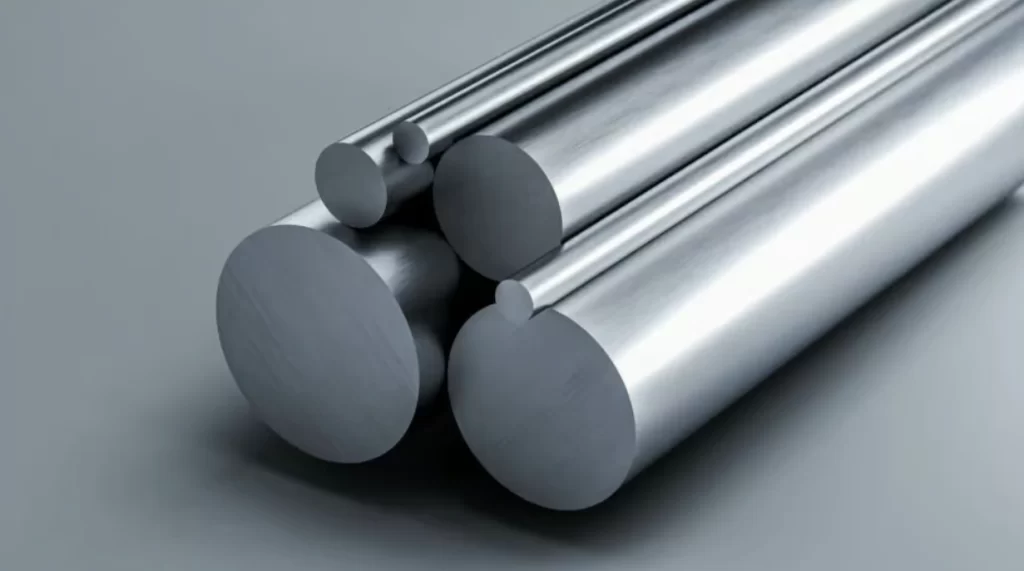
Alloy steel
So, to add to the basic constituents namely carbon and iron, alloy steels have other trace elements, for instance manganese and silicon. Stainless steel, which we will discuss separately, is actually an alloy steel.
Carbon Steel’s Affordability And Strength
Carbon steel is a type of iron metal comprising iron and a small percentage of carbon. The addition of carbon makes this metal harder than pure iron. With this and related properties, carbon steel is popular across industries, from automotive to machinery.
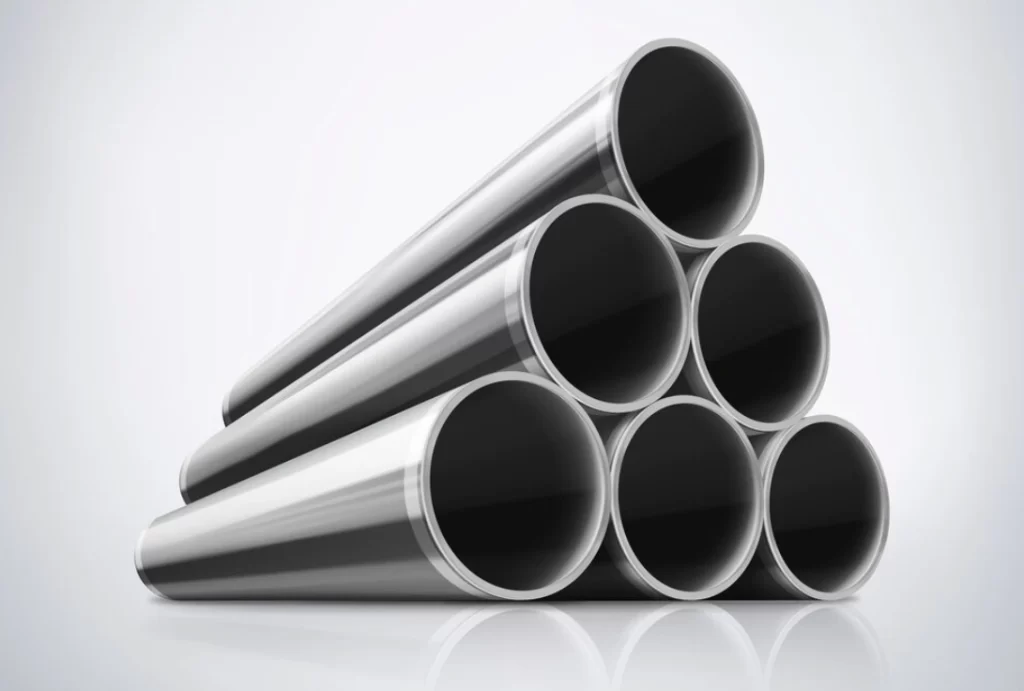
Carbon steel
Cast Iron For Superior Heat Retention And Wear Resistance
Cast iron is a brittle type of iron metal with coarse grains. One of the recognizable properties of cast iron material is heat retention, a reason it is commonly used for engine blocks and cookware.
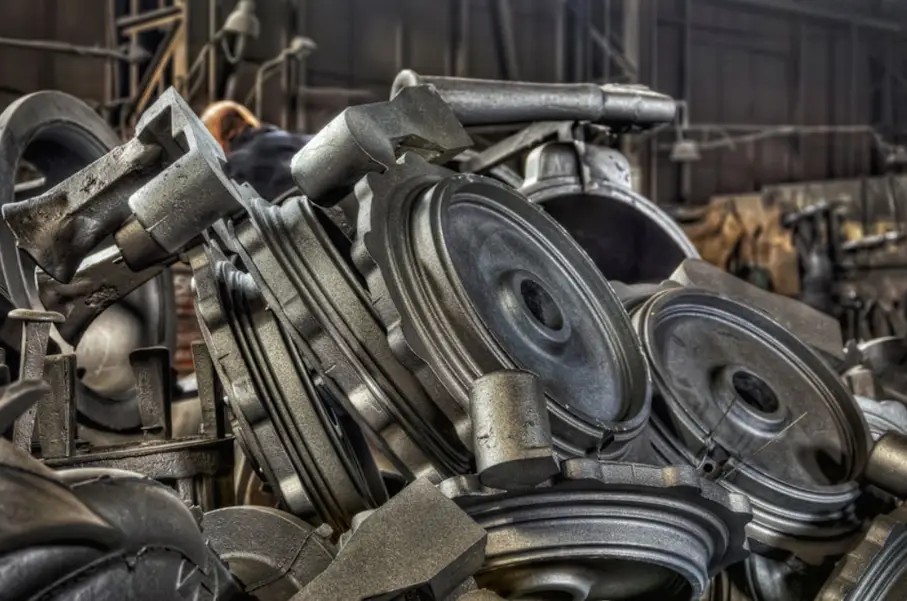
Cast iron
Cast iron is mostly available as ductile cast iron, grey cast iron, malleable cast iron, and white cast iron. Each of these examples of iron metal presents differently and is therefore applicable in unique ways.
Ductile Iron vs Grey Iron
The two metals have different machinability, thermal conductivity, and mechanical properties, and this can affect the safety, performance, and cost of CNC machined parts.
Ductile iron has higher tensile strength, lower thermal conductivity, and is more difficult to machine. Grey iron has higher compressive strength and is easier to machine.
CNC machining operates on certain requirements; it’s all about CNC machining and its intricacies. Therefore, it matters which of the two alloys you choose for your parts.
Pig Iron; The Initial Iron Metal
Pig iron is the raw iron that comes from the furnace. It gets its “pig” name from the virtue of being in the form of chunky blocks. This type of iron metal is produced by placing iron ore in a blast furnace.
When it comes out of the furnace, this metal contains about 4% carbon and traces of manganese, silicon, or other elements. While pig iron is harder than pure iron, it is still unsuitable for real industrial applications.

Pig iron
Stainless Steel
We talked about stainless steel earlier, a type of iron metal that contains chromium and other elements. The chromium content is the secret to the metal’s biggest selling point – corrosion resistance.
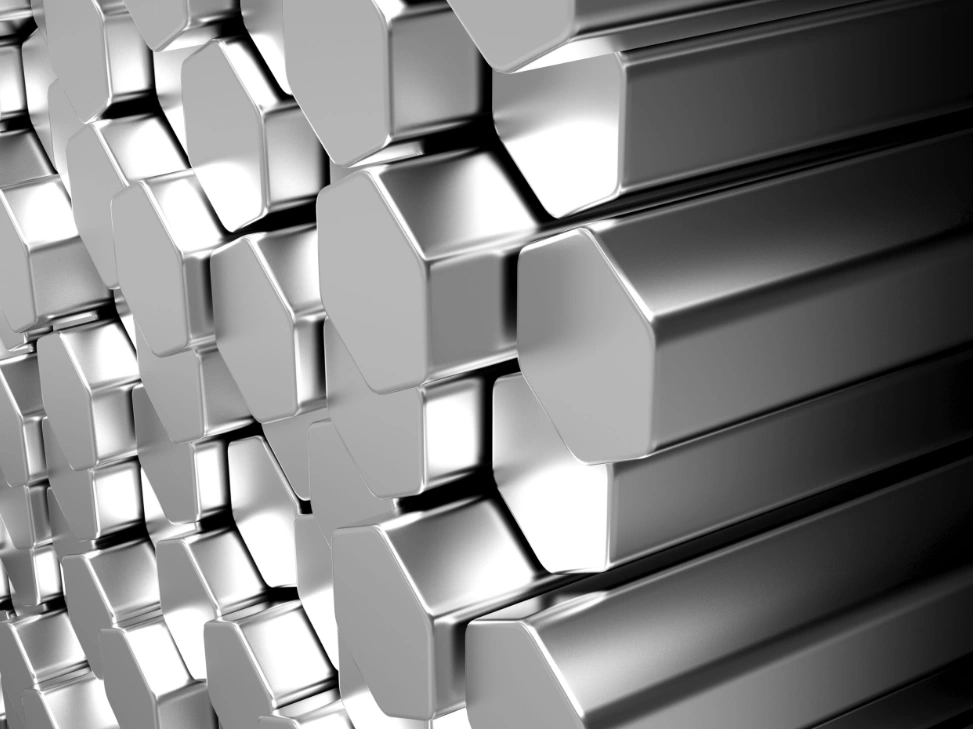
Stainless steel
Stainless steel is expectedly common where corrosion resistance is a huge priority, for instance, surgical items, building features, and utensils.
In relation to the level of precision and cost-effectiveness required in such products, see how small-batch CNC delivers precision and savings.
Tool Steel – The Go-to Iron Metal For Tough Cutting Tools
As you can presume, tool steel is a hard type of iron metal. This property is valuable when manufacturing dies, tools, and some special machine parts. The components of tool steel are iron and carbon, plus additional elements for enhanced wear resistance and hardness. These elements include molybdenum and nickel.
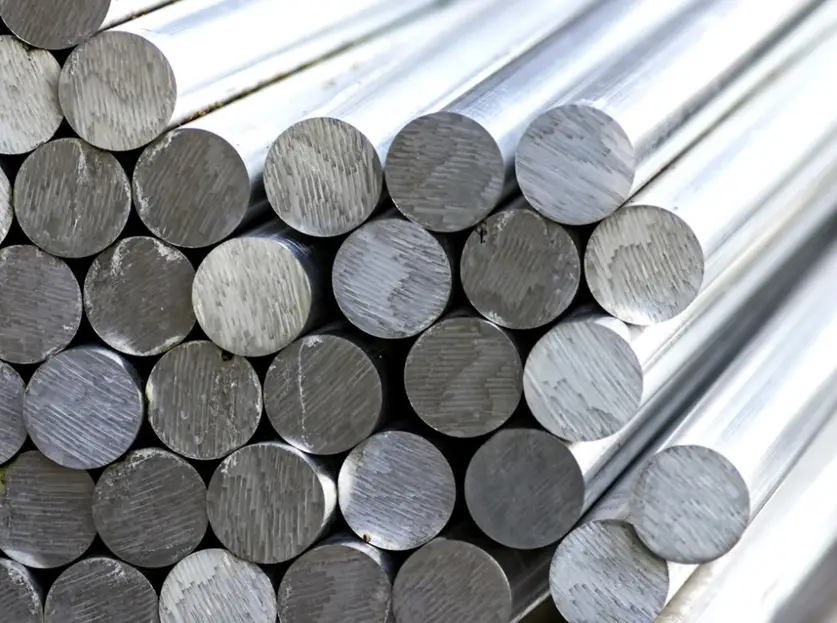
Tool steel
Wrought Iron Is Decorative And Malleable
Wrought iron is a very old type of iron metal; blacksmiths of the great older years used it widely. They would hammer the iron into any shape to produce tools for different uses.
One of the most notable wrought iron features is remarkable malleability complemented by strength. Add that to corrosion resistance, and it is easy to understand why it has such a strong historical connection.
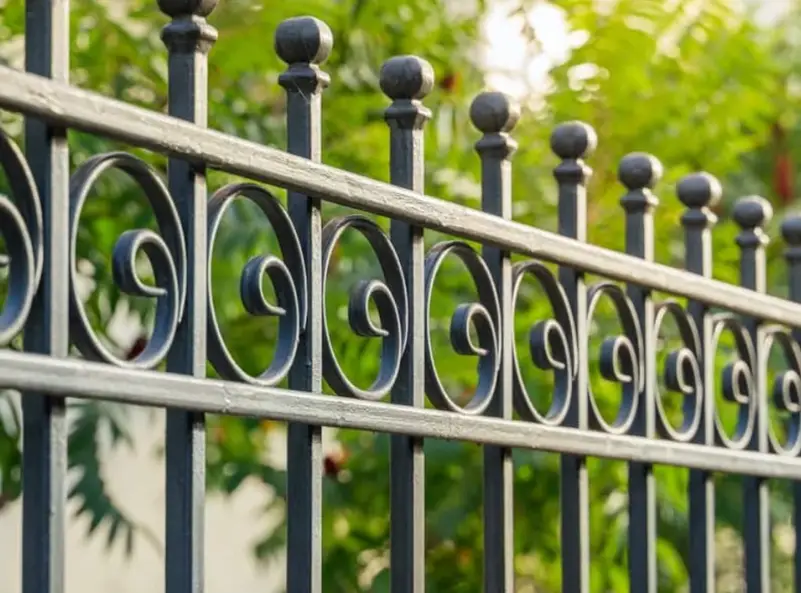
Wrought iron fence
So, those are the main types of iron metals. If you want CNC machined parts from an iron metal, simply visit our quote page-upload your files here.
Try Prolean Now!
More On The Properties Of The Types Of Iron Metals
As you ponder about which of the above types of iron metals suits your parts and components, a glimpse of the properties of iron can help. Each category – whether stainless steel or wrought iron – has its respective corrosion resistance, strength, hardness, and so forth.
The versatility of CNC machining is shown in our guide to essential CNC machining methods and other instances, but it is still important to choose the perfect iron metal for your parts. Apart from machinability, the performance and durability of the specific material matters, as these have ramifications on cost and other aspects of the project.
Here is a table summarizing the main properties of iron across the different types of iron metals:
| Property | Alloy steel (4130) | Carbon steel (1018) | Cast iron | Pig iron | Stainless steel (15-5 PH) | Tool steel (A2) | Wrought iron |
| Corrosion resistance | Good | Poor | Moderate | Very poor | Excellent | Some corrosion resistance | High |
| Machinability | Normally diffcult to machine | Machinable | Machinable with suitable technique and tools | Poor | Machinable in solution-annealed state or in final heat treated condition | Relatively easy to machine | Relatively easy to machine |
| Tensile strength (UTS) | 560 MPa | 315 MPa | 250-400 MPa | <100 MPa | 1114 MPa | 1970 MPa | 234-372 MPa |
| Hardness | 17 HRC | 76 HRB | 187-269 – Brinell | C36/363 | 60 HRC | Approximately 100 MPa – Brinell | |
| Magnetic property | High | High | Good | Good | High | Moderate | Good |
| Density | 7.8 g/cm³ | 7.9 g/cm³ | 7.3 g/cm³ | 7.0 – 7.4 g/cm³ | 7.8 g/cm³ | 7.9 g/cm³ | 7.7 g/cm3 |
| Thermal conductivity | 42.7 W/(m⋅°C) | 52 W/(m⋅°C) | 52 W/m K | – | 17.8 W/(m⋅°C) | 37.5 W/(m⋅°C) | 60 W/(m. K) |
From this iron characteristic comparison, you can see how the examples of iron metal serve different manufacturing goals.
Related: CNC Machining of Thermoplastics and Essentials of CNC Machining for Composites
What Are The Industrial Applications Of Different Types Of Iron?
Iron was popular for tools and weaponry in the earlier years, but the applications are more diverse today. Nowadays, manufacturers prefer to consider the exact type of iron metal for applications.
For instance, wrought iron suits decorative parts such as gates while cast iron is ideal for engine blocks and other demanding components.
Read below for more on the applications of the types and grades of iron metal, including in tooling where micro CNC machining: process, types, and advantages are witnessed. .
Applications Of Alloy Steel
Alloy steel is a strong and very heat-resistant type of iron metal. It is primarily used in the following areas:
- Car shafts and engine components
- Car suspension systems
- Cutting tools that can deliver bevel machining for precision angled cuts
Applications Of Carbon Steel
Carbon steel is renowned for not only its strength but also cost-effectiveness. Its CNC-machined parts can be used in:
- Parts for the automotive, marine, and transport industries
- Structures for buildings
- Fasteners
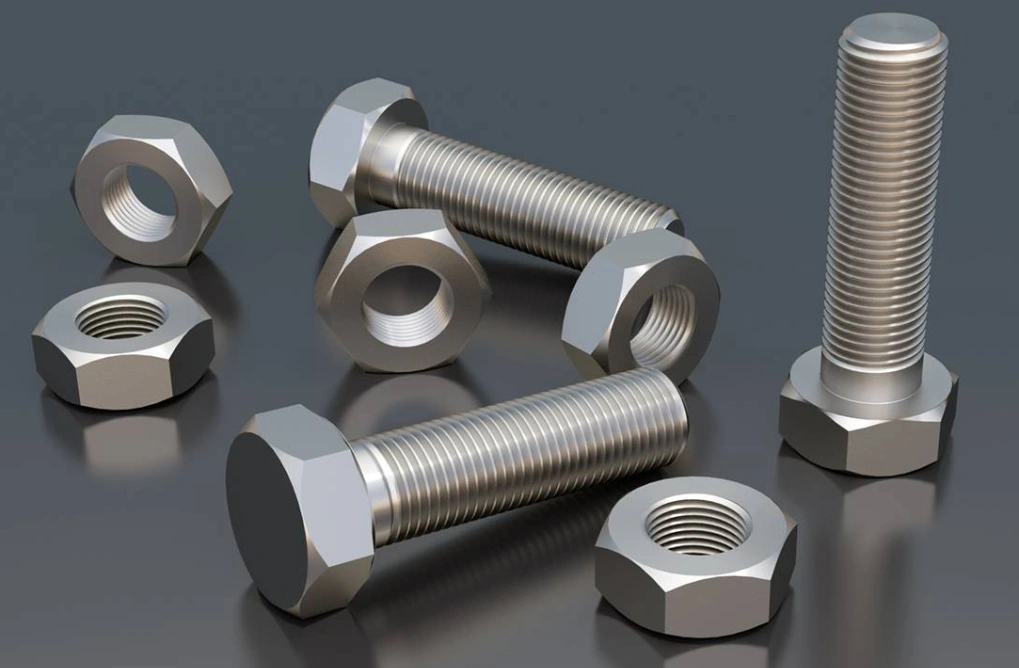
Carbon steel fasteners
Applications Of Cast Iron
For its strength and unmatched castability, this iron metal is popularly used for parts in the following areas:
- Automotive parts such as engine blocks
- Cookware
- Fittings for fluids
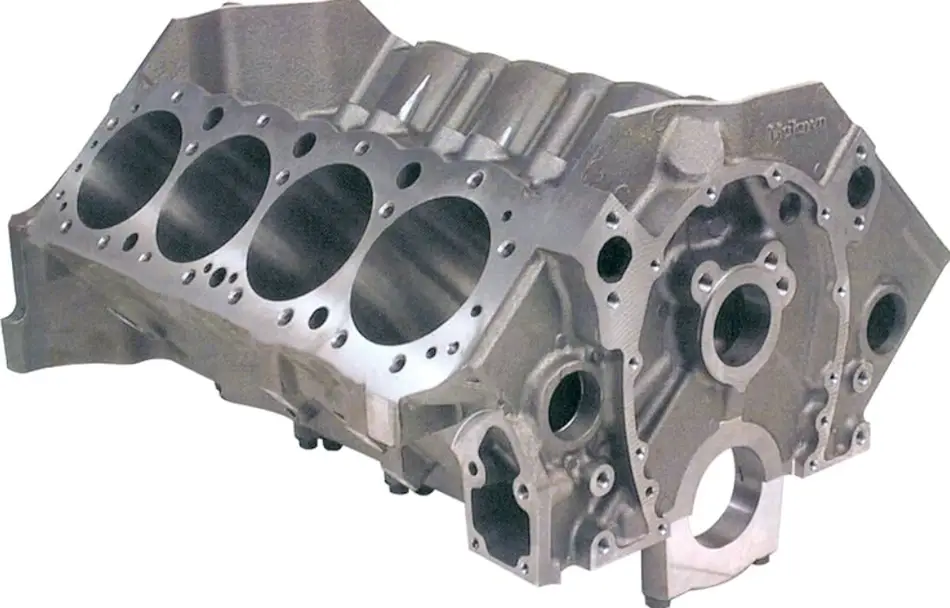
Cast iron engine block
Applications Of Pig Iron
Pig iron is typically a raw material for other forms of iron metal, and is popularly used in the production of machinery foundations and brake drums in cars. As for the resulting iron metal, its most notable product is cast iron.
Applications Of Stainless Steel
Stainless steel’s corrosion resistance is hardly matched, so you can expect it to perform excellent in corrosive environments where strength is also a requirement.
The core use areas for the iron metal include:
- Cookware and cutlery
- Medical devices
- Food processing products
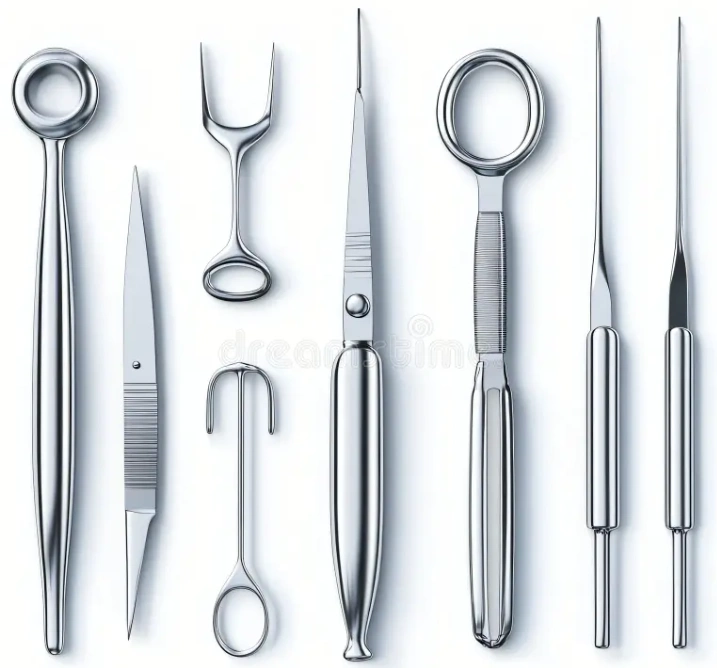
Stainless steel medical tools
Applications Of Tool Steel
Tool steels are distinctily hard, wear resistant, and temperature resistant, so they are used in equally unique areas. Some of these are:
- Cutting tools and drill bits
- Precision manufacturing tools
Applications Of Wrought Iron
The strength, corrosion resistance, and ductility of wrought iron is valuable in:
- Decorative gates and railings
- Agricultural equipment
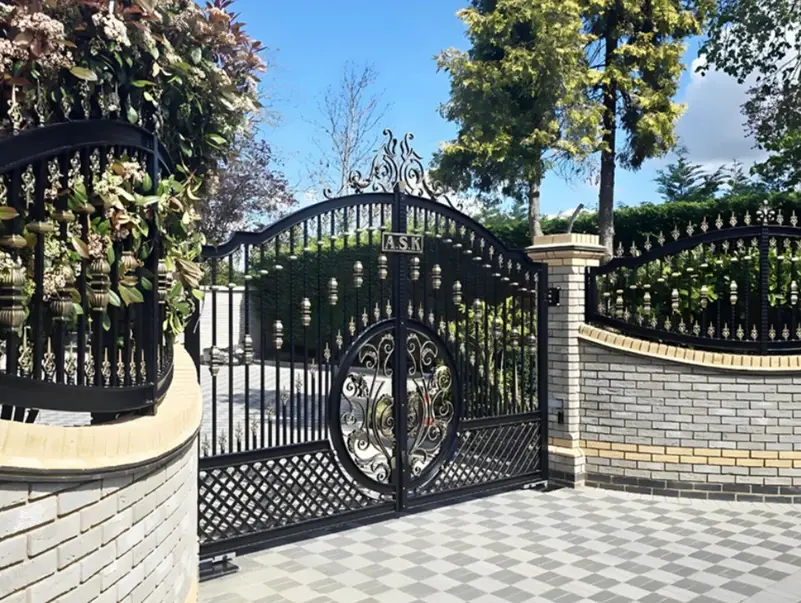
Wrought iron gate
Try Prolean Now!
Conclusion
As you can attest, there is a lot to the types of iron metals. Indeed, there are many categories, and each with its own properties appeals to the market uniquely. This means that whichever your industry, you can benefit from CNC-machined parts of iron metal.
For further enquiries about these crucial metals and how they suit your business, be sure to contact us now and ask for CNC machining services. We’ll be excited to assist with any iron metal-related requirements, whether you are in China or overseas.
FAQs
What is the classification of iron?
The typical classification of iron is pure iron, cast iron, and wrought iron, but this classification is usually extended to alloys like tool steel, alloy steel, and stainless steel.
Which type of iron is best?
The best type of iron depends on the specific use. For instance, stainless steel is highly regarded for hygiene while ductile iron has strength.

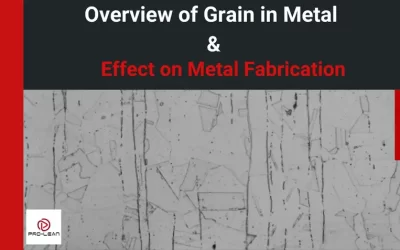
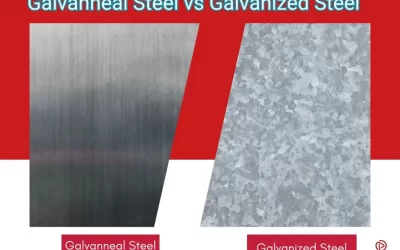
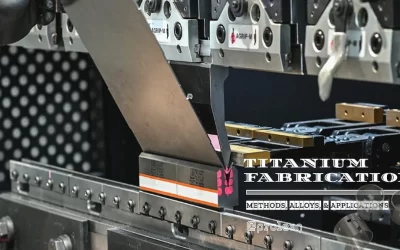
0 Comments